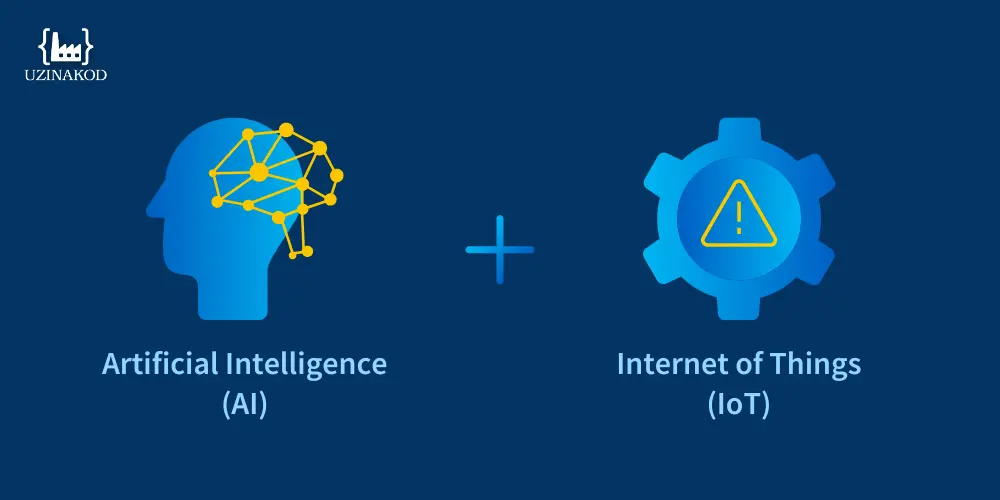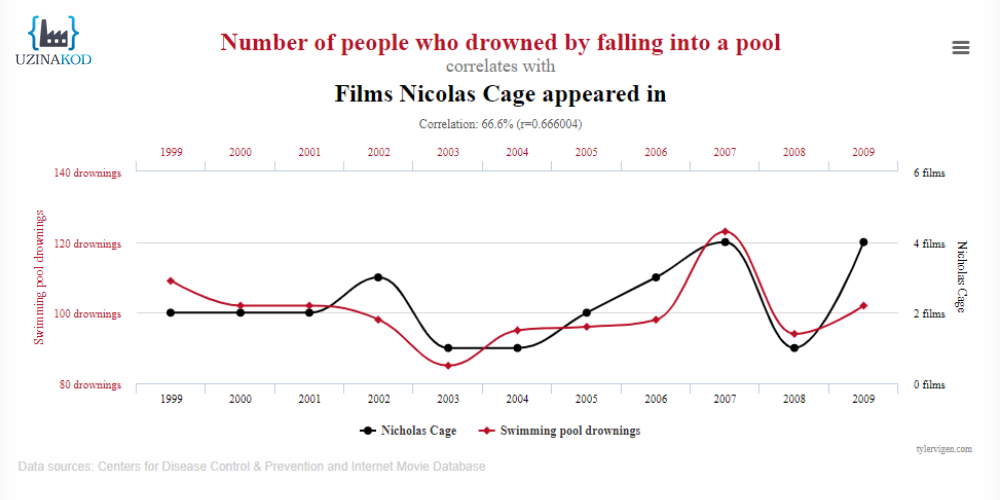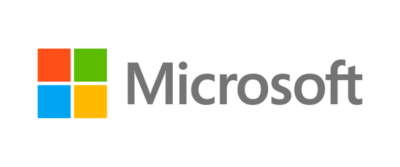You hear a lot about the Internet of Things (IoT). In fact, lately I’ve been talking about it quite often. Another topic that is taking up a lot of space is, not Netflix series, but rather Artificial Intelligence (AI).
There is a very strong cohesion between the two that has inspired a new acronym, AIoT, for Artificial Intelligence of Things. But what is it, exactly? Take a deep breath and let’s dive in together.
Data Usage
In a recent article, I told you that IoT is actually the connectivity component of a digital solution. Indeed, you just need to use a SIM card, a network cable, or connect an object, a machine, or a car and voilà! You get an IoT device.
Is it that simple? Conceptually speaking… yes. However, there is unfortunately no magic that makes an object start using a connectivity link to send data. What’s more: where should the data it’s sending go? It all seemed so simple at first! In fact, it is, but it requires some special skills.
For connected objects, it is usually enough to modify the code on the device to use the connectivity link and send data to the location of choice: whether the Cloud, the Edge (you know what that is now, since we talked about it in another article), or directly into your servers. Of course, besides to knowing how to program, you must understand how the communication link works. Even more knowledge to add to the list.
Ultimately, your data winds up in a database. There are many solutions available to you, from relational databases (or not), to data lakes and so on. Once again, you have to be familiar with these options to be able to leverage them.
When you’re lucky, you manage to find the Swiss Army knife of IoT: a developer who does embedded programming, who is good with communication protocols, who knows the cloud, and who manages databases. If you find this rare pearl, tell them to call us… I’m kidding. But still, they aren’t easy to find.
The Types of IoT Available
Now we have everything we need to develop IoT! Well, not quite… actually, we only have what we need for one type: IIoT. (Yet another new term!) Yes, as IoT can easily be applied to many things, we only have to add a letter and it becomes a solution. IIoT stands for Industrial IoT, which is a component of Industry 4.0.
Like I said, if we want to develop IIoT, we will need someone who knows about machines (PLCs) and their protocols (Modbus, OPC UA, etc.). Still more acronyms! In short, an automation specialist usually does the trick. But this person rarely possesses all the other expertise we have mentioned.

IA + IoT: The Perfect Match
Let’s get back to AIoT. The result of IoT is that we accumulate data from an object, machine, or what have you. This opens up numerous possibilities! We can perform visualization using dashboards and business intelligence (BI). When we have enough data, we can even develop artificial intelligence with it all… hence AIoT!
Indeed, AI is often the logical continuation of IoT. The wealth of information extracted by IoT efficiently feeds artificial intelligence models to solve any number of problems. Whether it’s predictive maintenance, classification (recognizing a dog from a cat, or something more advanced like diagnosing the type of disease in a plant), or simple trend analysis, the combination of IoT and AI fills Cupid with envy for not having thought of such a perfect match himself!
The Specialists Behind AIoT
Now, let’s add to our already highly-complex toolbox. Not everyone can become an AI expert. It takes specialists who have a very good grasp of the mathematical models (mainly probabilities) behind the various options.
But that’s not all. It isn’t enough just to take the data and shuffle it into an AI model. There is a lot of work to be done on the data before you can get something useful out of the AI. So, we’re adding still another body of work: data scientists.
Who are they? What do they do? (Sounds a bit like Goldorak!) But no, they are not robots. Data scientists are the ones who can make up for a sensor not sending all the expected data, or an interference resulting in the wrong data being sent.
We have to clean up such messes, because if we don’t send data to the AI model in the expected format, the result will be as bad as the quality of the data we provide. This means we have to do regressions, filtering, or other data cleaning techniques.
Let’s recap a bit. We have an automation specialist, an embedded systems programmer, a connectivity specialist, a cloud specialist, a database administrator, a developer for the application portion, an integrator to move this data and create alerts or feed the AI portion, a data scientist, and an AI model expert. That’s a lot of people.
But that’s not all! There are other factors to consider in all of this. You have to operationalize the model learning (MLOps), manage the deployment of the solution (DevOps), and also manage the solution’s cybersecurity (SecOps)—an increasingly important component. With everyone invited to this development, it takes a strong project manager as well as an architect to ensure that all the pieces fit together. All this combines to give us a great digital transformation solution.
Uzinakod’s Expertise
And where does Uzinakod come in? Do we do all this? The answer is “yesn’t.” No, that’s not a typo. We don’t have all these required experts on our own team—but our projects nevertheless cover all these dimensions of AIoT! How? By maintaining strong partnerships with key companies. We have an industry-leading partner for everything we can’t offer ourselves in-house.
In the end, you only have to contact one person, and we take care of the rest. But you’re the one who has the missing specialty, the cherry on top of that “expert sundae:” knowledge of your business. Yes, we may be knowledgeable about the medical, manufacturing or other fields. However, there is a fine line between knowing and mastering.
As a customer, you are in the best position to know what the data means, what normal operation is for your machine, and similar key assessments. It is indeed very difficult for someone who does not know the industry to see a false or illogical correlation, much like this example:

Now, it might be easy to get excited about having found the life-saving connection to stop pool drownings by getting Nicolas Cage to end his movie career, but in the end, I have major doubts that it would make a real difference. The same thing can happen when technical experts don’t know the ins and outs of a business.
Conclusion
In summary, AIoT is a logical development that leads to a global intelligent solution (Smart Building, Smart City, etc.). It’s a bit like a symphony orchestra. You are the maestro and you lead experts in their instruments. The only difference is that we’re not talking about violins, trumpets or flutes, but rather C, LTE/5G, Azure, MongoDB, TensorFlow and so on.
The result is a work of art that will allow you to achieve your goals: save time and money, increase quality, and more.
Do you have an AIoT project in mind? We want to know more! Contact us now to discuss it.




